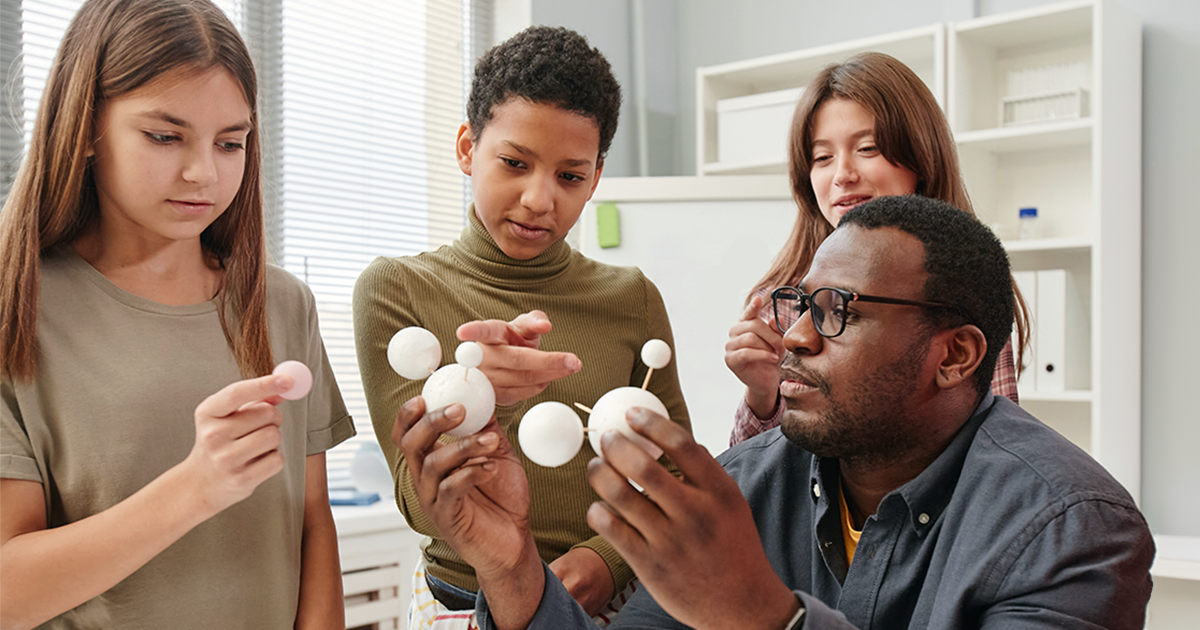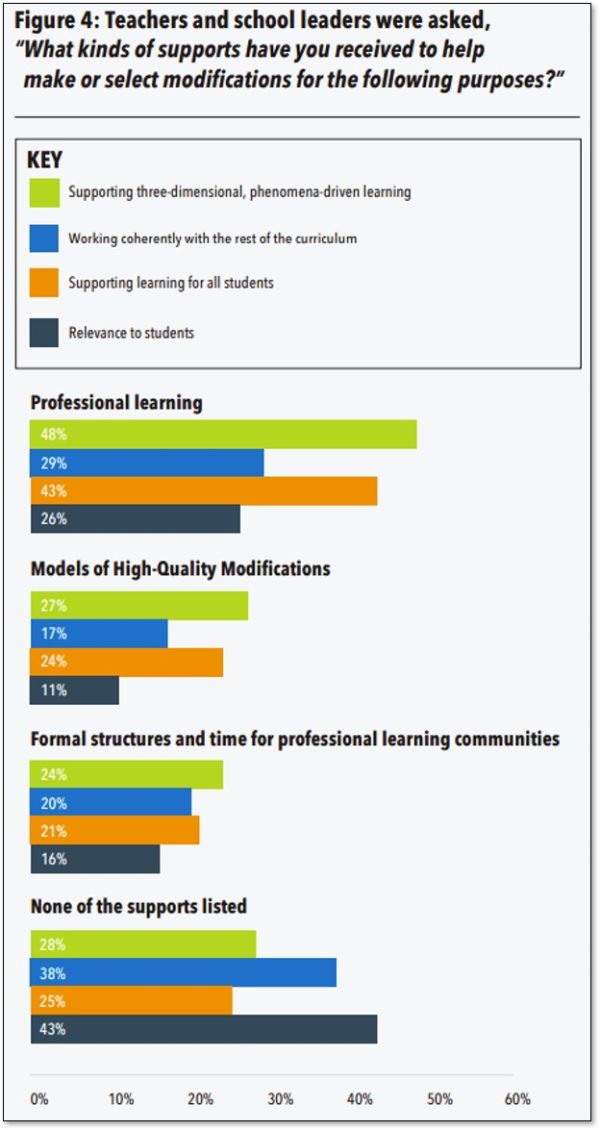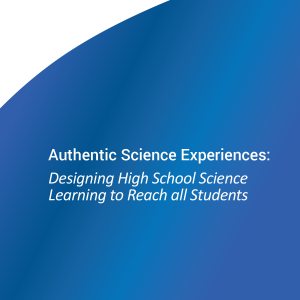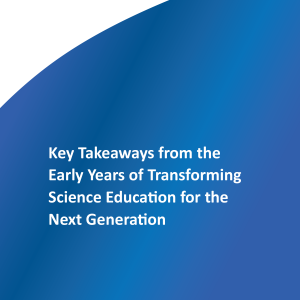STEM Spotlight: Helping Science Teachers Modify Instructional Materials
Posted on

Written by Jennifer Childress Self. Self is a Senior Research Associate in WestEd’s Science and Engineering team and is the Science Review Lead of the NextGenScience project. This article first appeared on NextGenScience’s On the Same Wavelength blog and is adapted and posted here with permission.
 Join Jennifer Childress Self at the National Science Teachers Association 2024 Leaders Institute
Join Jennifer Childress Self at the National Science Teachers Association 2024 Leaders Institute
Presentation: Localizing High-Quality Instructional Materials to Improve Experiences for All Learners
Date: Thursday, March 21, 2024
Time & Location: 1:00 p.m. / Capitol Ballroom 1
When I was teaching in a school for students who were refugees, we didn’t have a lot of resources, but we did have instructional materials1 that covered the curriculum. Having those materials saved a lot of time in not having to create everything from scratch. However, the materials weren’t written with my students in mind and were unlikely to help them feel like they belonged in the classroom. I needed to modify the instructional materials I was given, but there weren’t any suggestions or models for how to ensure the changes I made would both meet my students’ needs and still meet the same learning goals.
Figure 4 from Science Instructional Materials Selection and Modification: A Landscape Analysis

The situation I was in is common. It would be hard to find a teacher who doesn’t tweak given lesson plans in some way, even when they created the lesson plans themselves. Every student is different, and every class period is different. We always need to make adjustments for our students. Facilitating the learning of each student is the heart of what it means to be a teacher. So then, why is it so rare for teachers to get support for adjusting instructional materials?
NextGenScience recently released findings from a landscape analysis of educators’ actions and ideas related to modifying instructional materials. In our analysis, teachers overwhelmingly said they would prefer to be given materials that didn’t need any modification but that their current materials still need it. They therefore modify their materials to meet their students’ needs and the needs of their school system (such as better aligning to standards or reducing the amount of class time needed).
However, teachers also said they don’t feel supported to make the kinds of changes necessary to make their instructional materials work for their students and their schools. They said they need professional learning, time to plan with other teachers, and models of how to modify materials in a high-quality way.
Only about a quarter of teachers said they had access to any models that show what it could look like to modify materials to make them better support students or better align with the vision of A Framework for K–12 Science Education. As one district leader mentioned, “Models that exist are just the ideal. It would be helpful to see what it could look like to change materials when students aren’t at grade level.”
But teachers are professionals. Don’t they know how to use instructional materials?
Professional bakers are often known for their creativity, using the same starting ingredients in different ways. But baking is a science and an art, and some recipes will turn out very differently if essential ingredients are left out or there are subtle differences in the baker’s kitchen, like the altitude or humidity.
Bakers need to learn the role of each ingredient and technique, letting them make informed but creative choices when they do something new. How many new bakers got better at getting exactly the kind of cookie they wanted thanks to pictures, videos, and reviews of other bakers detailing how different ingredients, techniques, and baking temperatures would change the result? Specific guidance can help others know what ingredients they could adjust and the outcomes of those adjustments.
Likewise, curriculum development is an art and a science. It is a long, extraordinarily detailed process, and in the best materials, there’s a rationale behind each activity and its order. When an essential step in instruction is omitted to save time (one of the top reasons teachers reported they modify materials), a lesson might not achieve its goal.
However, few teachers are getting the information they need to make informed choices with their materials. And although trial and error might work in a kitchen where the only downside is wasted time and ingredients, there could be bigger costs in a classroom.
The landscape analysis report includes recommendations for policymakers as well as developers of instructional materials, whether that development is done in the school district or in separate organizations. These recommendations include calls for supporting classroom teacher learning about the materials they’re using and effective strategies and methods for modifying those materials.
With professional learning, time and opportunities for collaboration, and models of quality modifications, we can help equip teachers to facilitate customized learning experiences for their students.
What about you? What strategies have you found useful when modifying science instructional materials? How do you ensure the essential parts stay intact?
[1] Instructional materials are the resources that teachers use to provide learning experiences for students and the resources that provide support and guidance for teachers on how to teach the materials. Short, J., & Hirsh, S. (2020). The elements: Transforming teaching through curriculum-based professional learning. Carnegie Corporation of New York.


